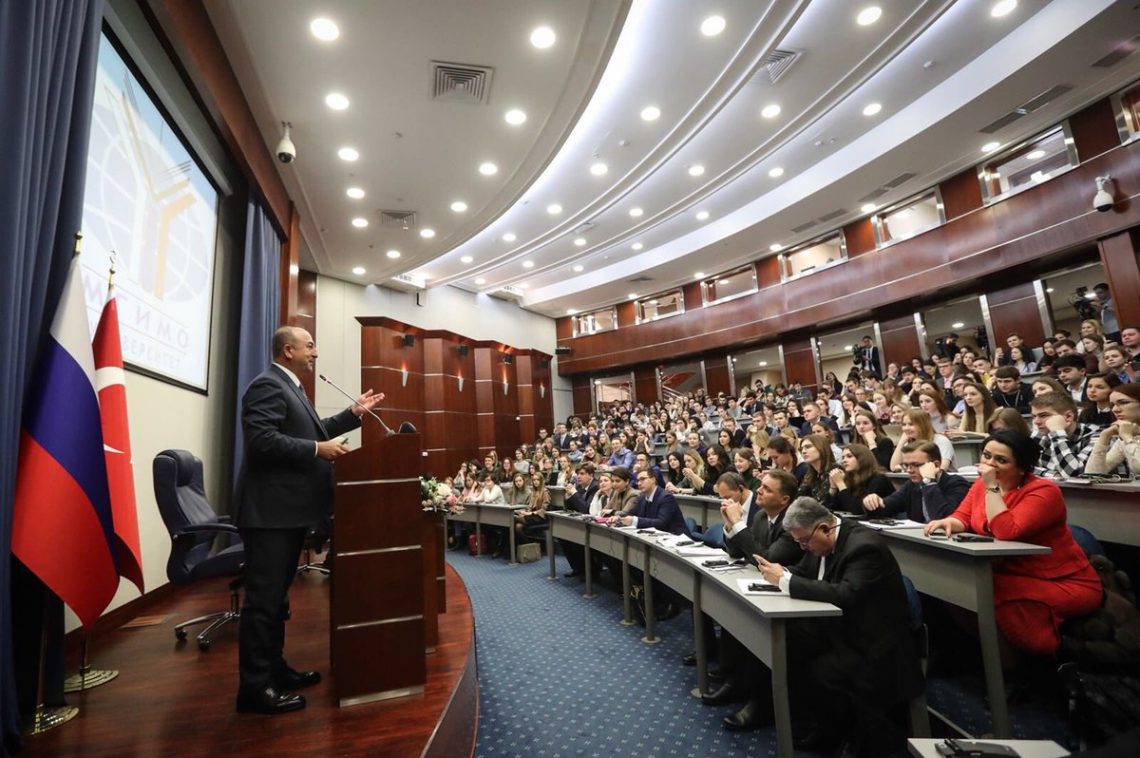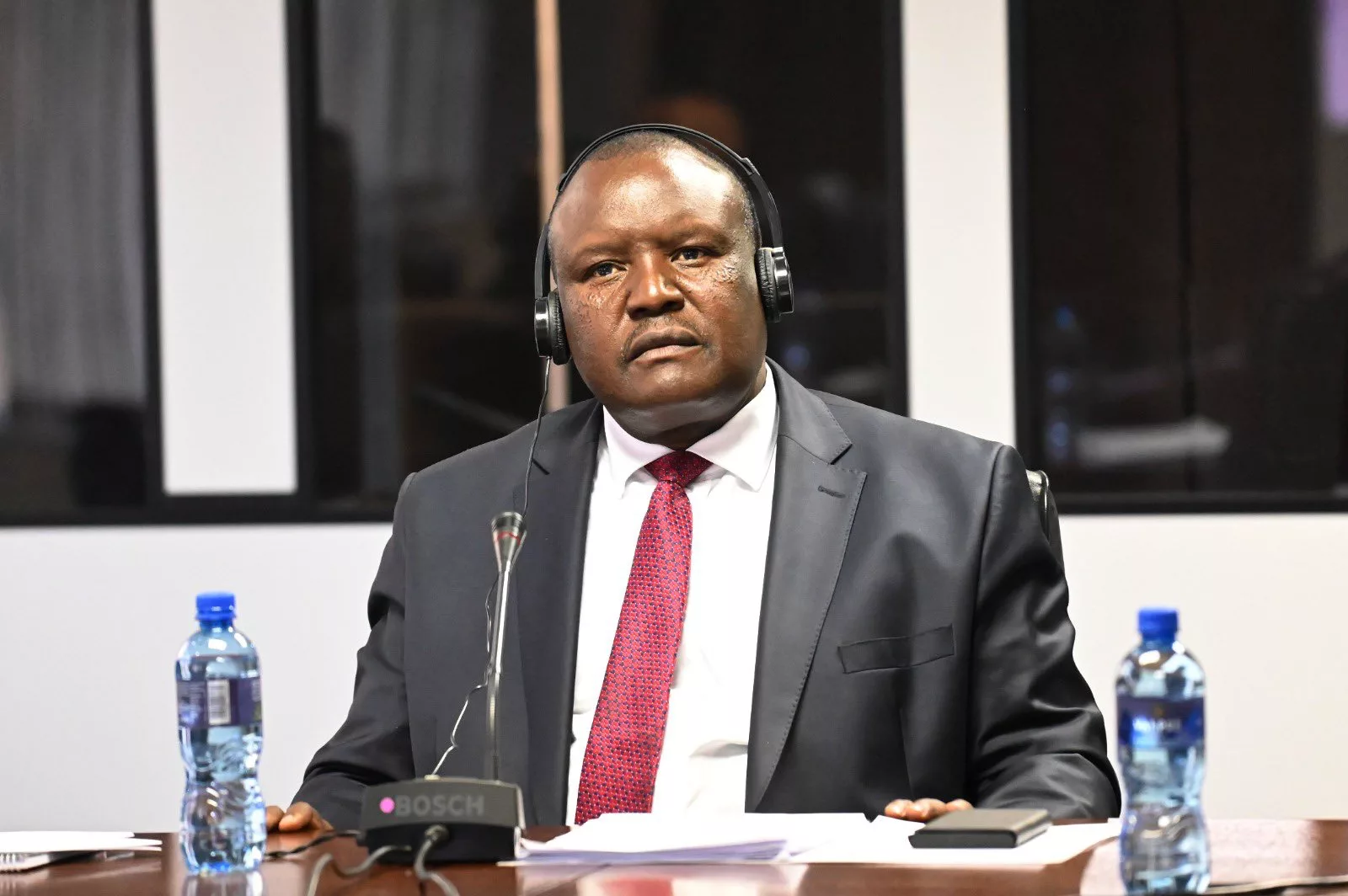Drawing from its own experiences, Turkey is an ardent advocate of international solidarity and partnership with a view to building a safer world, saving human lives and protecting the environment, through a sustainable and collective strategy.
Turkey’s humanitarian assistance has been diversified and significantly increased in recent years. In 2017, according to the Global Humanitarian Assistance Report Turkey ranks as the largest donor country world-wide with its 8 billion US Dollars humanitarian assistance.
Turkey also ranks first when the ratio of official humanitarian assistance to national income is taken into consideration.
Furthermore, the Turkish Red Crescent Society and numerous Turkish NGOs are also very active on a global scale.
Turkey’s humanitarian contributions are not confined to bilateral assistance projects. Turkey aims to further increase its contributions to various international organisations.
In order to assist further and to offer guidance to UN’s humanitarian efforts, Turkey became a member of the OCHA Donor Support Group, which brings together leading humanitarian donors.
In line with Turkey’s active role in the humanitarian action, Turkey hosted the first-ever World Humanitarian Summit in İstanbul on 23-24 May 2016. 9000 participants from 180 Member States, including 55 Heads of State and Government came together in İstanbul.
The Summit served as a unique platform for the global community to address the alarming challenges of the humanitarian system and announce commitments for sustainable solutions in order to improve the lives of millions of crisis-affected people.
One of the key achievements of the İstanbul Summit was the recognition that the old debates on humanitarian and development divide should be transcended through a new way of working. In this context, all relevant actors should work together not only to meet needs, but to effectively reduce risks and vulnerabilities over time. The 2030 Agenda for Sustainable Development also provides a solid basis for this new framework.
In fact, the combined use of humanitarian and development assistance programmes in a collective strategy has been the key of the Turkish humanitarian policy.
In that regard, on the occasion of the first anniversary of the Summit, Turkey recently hosted a high level anniversary event and also the Istanbul Workshop of New Way of Working which is regarded as the most concrete outcome of the Summit and aims at implementing humanitarian and development assistance in tandem where necessary.
What Strategies and Policies can Break the Vicious Cycle that Humanitarian Aid Creates?
Development-oriented humanitarian assistance constitutes the core of Turkey’s policies in its humanitarian response. Given the complexity of present crises, the humanitarian-development nexus needs to be strengthened to increase the resilience and capacity of recipient actors to respond to humanitarian crises themselves.
Humanitarian crises are triggered as the negative impact of insufficient development, environmental issues, conflicts, poverty and lack of infrastructure. In many cases in sub-Saharan Africa, there exists a vicious circle entangling these countries.
This vicious circle is hard to break because there is a huge problem on the development side. Such vicious circles might risk even causing or triggering conflicts leading to refugee crises as well.
In order to break such vicious circles it is needed to intervene with various tools. At the first stage, Turkey intervenes at the request of the host country with humanitarian aids for emergency humanitarian relief and continues with development projects to support resilience, in tandem or simultaneously as appropriate.
The combined use of humanitarian and development tools turn out to be cost effective for donors in the longer run as affected countries become more resilient increasing their level of development, thanks to development aids on basic infrastructure, human and institutional capacity-building.
This development assistance enables affected countries to resist to such humanitarian shocks, which in turn would reduce their need of humanitarian aids in the future.
This approach has especially been very successful in sub-Saharan Africa. Turkey’s policy to assist Somalia can be regarded as an exemplary case.
All segments of the Turkish society from public institutions to NGOs and private sector were mobilized to assist the people of Somalia after the country was hit by a severe famine in 2011. This process has gradually resulted in a comprehensive policy, comprising humanitarian, developmental as well as stabilization efforts in an integrated strategy.
Several projects were put into action which consisted of human and institutional capacity building, construction of essential infrastructure, providing services such as education, sanitation and health etc. while humanitarian aids such as delivering food and medicine continued.
These policies are always carried out in cooperation with authorities of the host country in need, taking into account its demands.
How Have Former Aid Recipient Countries Gone on the Change International Aid Models?
More than a year has passed since the World Humanitarian Summit in Istanbul and the signing of the Commitment to Action by former Secretary-General Ban Ki-moon and nine UN Principals, endorsed by the World Bank. The Commitment to Action spelled out a New Way of Working towards “collective outcomes” that drive humanitarian and development actors to not only work better together, but to design their cooperation towards specific goals that reduce the needs, risks and vulnerabilities of people affected by crises.
It is the notion of “collective outcomes” that holds the potential to bring the necessary capacities together to tackle drivers of need and accelerate development gains for the most vulnerable, particularly in protracted and recurrent crises.
The New Way of Working is one of the elements of Secretary-General António Guterres reform agenda in which he calls on the “system as a whole” to break down silos and “bring the humanitarian and development spheres closer together from the beginning of a crisis to support affected communities, address structural and economic impacts and help prevent a new spiral of fragility and instability.” In the words of the Secretary-General, humanitarian response, sustainable development and sustaining peace are three sides of the same triangle.
The New Way of Working recognises that the primary goal of humanitarian action is to provide life-saving assistance and protection in line with the humanitarian principles, but that, especially in protracted crises, humanitarian assistance should be designed in a way that helps build a bridge between short-term assistance and medium-term outcomes. By committing to the New Way of Working, development actors, for their part, signal a renewed effort to deliver development programming and financing that will broaden the reach of development outcomes to the most vulnerable, particularly those in fragile settings.
The approach further recognises that in order to deliver tangible development gains to the most vulnerable, “collective outcomes” offer a series of building blocks, deliverable in 3-5-year timeframes, to address the areas of persistent need, risk and vulnerability that drive humanitarian crises. These are tangible results that are measurable in people’s daily lives. For example, instead of developing separate strategies for the emergency food assistance and longer-term food security, under the New Way of Working, shared results would be identified in each of these sectors, around which humanitarian and development actors could lend their respective capacities to enable measurable results. This would provide a focus for investment for a range of stakeholders, including donors.
The Commitment to Action identified four specific areas in which cooperation between humanitarian and development actors, and the tools that facilitate their cooperation, will be affected by a new approach: (i) Analysis; (ii) Planning; (iii) Coordination and Leadership; and (iv) financing. These four areas are enablers of collective outcomes, but making changes in these areas is not of itself the goal.
The New Way of Working has been met with broad interest and support from many corners, and there are numerous on-going efforts to explore the practical implications that it will have on existing tools, processes, and forms of collaboration.
It has now been embedded in the parallel and self-reinforcing mandates created by the UN Quadrennial Comprehensive Policy Review (QCPR) for the UN Development System and the General Assembly resolution covering emergency response for the humanitarian system.
The regional workshop in Dakar demonstrated that in contexts marked by chronic vulnerability with frequent spikes of acute need, close collaboration between humanitarian and development actors has been recognized as a “must” – as is an increase in local capacity and leadership.
The high-level workshop in Copenhagen firmly established the New Way of Working as a multi-stakeholder agenda, confirming commitment to provide the necessary political, operational and financial support to enable progress and overcome barriers to implementation.
During the World Bank Spring Meetings in April in Washington D.C., a High-Level Roundtable further confirmed the commitment to the New Way of Working and emphasised the key role of national Governments and local stakeholders in the implementation of the New Way of Working.
The high-level workshop in İstanbul built on previous policy engagement on the New Way of Working, including those held in Dakar and Copenhagen in 2017, and at the World Bank 2017 Spring Meeting, and looked at how to concretely identify and work toward collective outcomes that link risk and vulnerability reduction with the pursuit of inclusive development gains in support of the 2030 Agenda.
However, as the approach has gained a broad base of supporters, the basic elements of the approach, and its implications for operations on the ground, should be reinforced. For the approach to become a reality in a consistent manner, it will require continued support for country-based efforts to shape the approach to suit different contexts.






